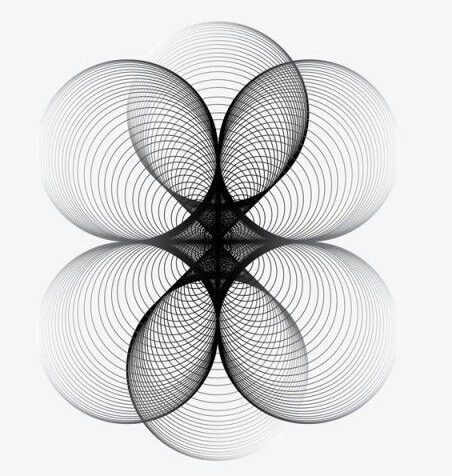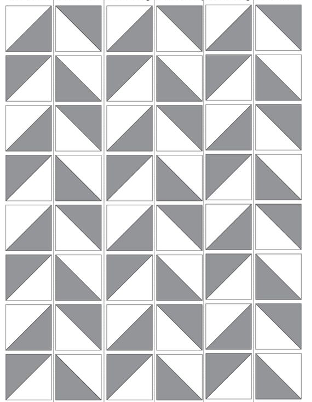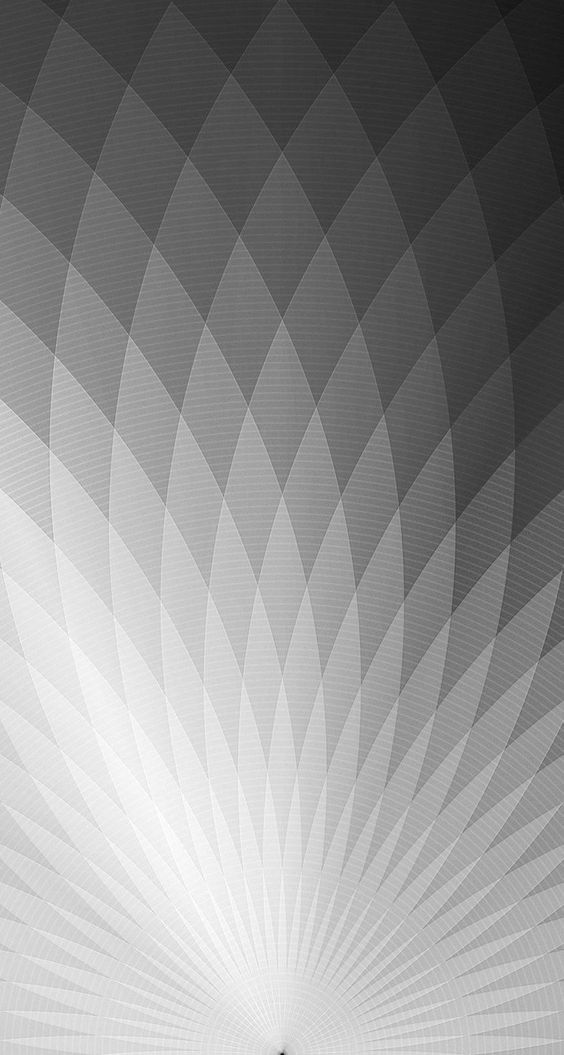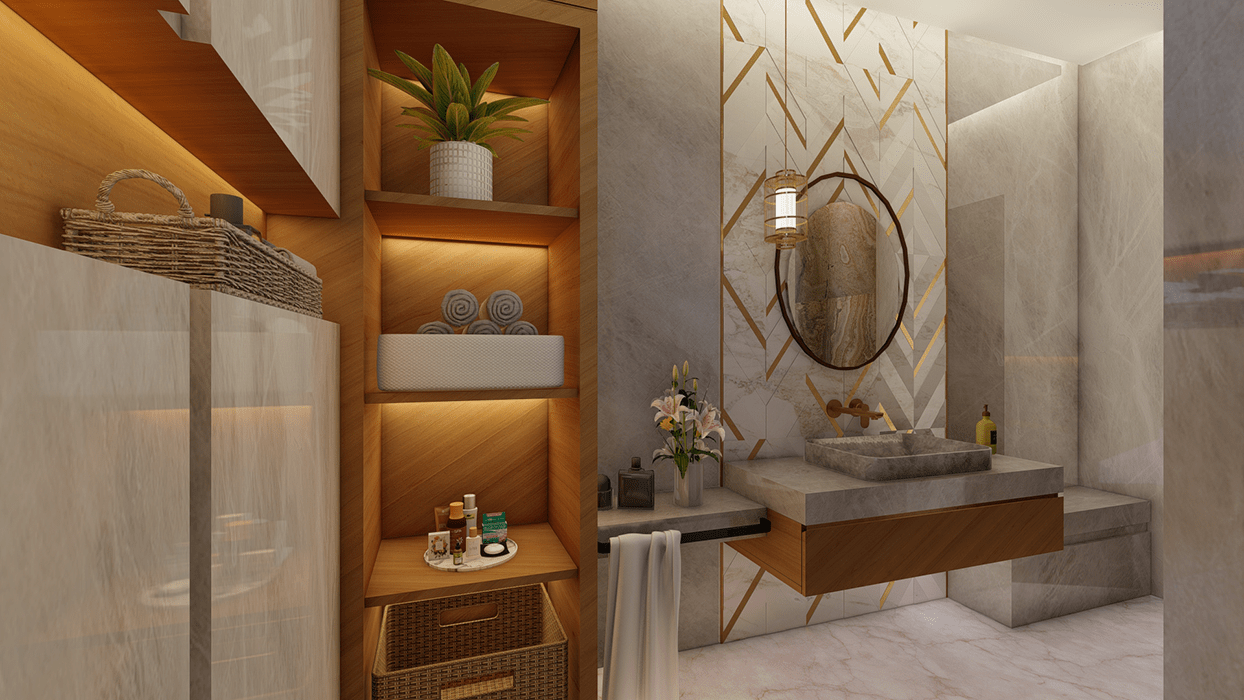Home – Our Philosophy
DESIGN PHILIOSOPHY
Our approach to design is deeply rooted in both creativity and functionality, aiming to create seamless integrations of various design styles. Your emphasis on balancing functionality and form suggests a commitment to not only aesthetic appeal but also practical usability.
Our belief that a building should speak for itself visually rather than theoretically indicates a focus on creating spaces that are impactful and expressive, embodying their purpose and essence through design rather than relying solely on explanation.
Our philosophy of understanding clients’ requirements comprehensively and integrating their lifestyle and needs into the design reflects a personalized and empathetic approach. This client-centric method not only ensures satisfaction but also aims to create spaces that resonate deeply with their users.
Our goal to be recognized for the quality and integrity of your work speaks to a commitment to excellence and a desire to make a meaningful impact in the design fraternity and beyond.

1 ) Enhancing Function
in architecture and interior design encompasses a multifaceted approach aimed at optimizing spaces for improved usability, efficiency, aesthetics, and overall user experience. This involves efficient and purposeful planning to design circulation paths that enhance flow and accessibility. Flexibility is key, allowing spaces to adapt to varying functions and user needs over time. Maximizing natural daylight and ensuring adequate ventilation contribute not only to indoor air quality and comfort but also to energy efficiency. Universal Design principles ensure accessibility for people of all ages and abilities, adhering closely to local accessibility standards.
Smart Systems integration includes planning for future technological advancements and integrating necessary digital infrastructure to support evolving needs. A holistic approach coordinates architecture and interior design efforts, ensuring continuity and alignment in design principles for a seamless user experience. By focusing on these elements and integrating sustainability considerations, spaces can be transformed into functional, inspiring environments that cater to both present and future needs.
2) Harmonizing with Nature: Integrating Biophilic Design into Modern Spaces
Our design philosophy draws inspiration from the inherent beauty and balance found in nature, influencing every space we create. Embracing a Biophilic Design approach allows us to foster a deeper connection with the natural world and to craft environments that support healthy and productive lifestyles. Extensive research has shown that integrating direct or indirect elements of nature into the built environment yields significant benefits. These include reduced levels of stress, anxiety, and illness, alongside heightened levels of productivity, creativity, and overall well-being.
By incorporating features such as greenery, natural materials, and ample natural light, we enhance thermal comfort, improve air quality, regulate toxin levels, and optimize ventilation. Additionally, our designs prioritize acoustic comfort and provide captivating views of natural surroundings, fostering a sense of vibrancy and serenity within the built environment. These considerations not only enhance the aesthetic appeal of our spaces but also contribute to profound psychological and physiological benefits for their inhabitants.

3) Design blend with geographic condition
Our design philosophy centers around a profound understanding of the geographic conditions that shape each site, guiding our approach to creating effective architectural and design solutions. These conditions encompass critical factors such as topography, climate, and natural features, each playing a pivotal role in our design process.Topography defines the physical characteristics of the land, including slopes, elevation

changes, and the presence of water bodies. It serves as the foundation for decisions regarding site layout, building placement, and integration with the surrounding landscape. By respecting and responding to the natural contours of the land, we aim to create harmonious relationships between built structures and their environments.
Climate considerations are crucial in determining strategies for energy efficiency and occupant comfort. Factors such as temperature ranges, precipitation patterns, humidity levels, and seasonal variations inform decisions on building materials, insulation techniques, shading devices, and natural ventilation systems. By optimizing these elements, we strive to create spaces that maintain comfortable indoor environments while minimizing energy consumption and environmental impact.
Natural features such as vegetation, bodies of water, and geological formations contribute significantly to the ecological context of a site. Integrating these elements into our designs not only enhances the aesthetic appeal of our projects but also supports biodiversity, improves air quality, and fosters sustainable practices. Through thoughtful integration and preservation of these natural assets, we aim to create environments that resonate with their surroundings and enrich the lives of those who inhabit them.
In essence, our design philosophy emphasizes the importance of deeply understanding and responding to the geographic conditions of each site. By integrating topography, climate, and natural features into our design process, we strive to create architecture that is not only functional and beautiful but also sustainable and harmonious with its natural environment.
4) Sustainability: Embracing Reuse, Reduce, Recycle, and Environmental Responsibility

Sustainability lies at the heart of our design ethos, driven by the principles of reduce, reuse, and recycle that guide every aspect of our process. From initial concept development through to material selection and construction practices, we prioritize minimizing environmental impact. Our approach to reducing resource consumption begins with efficient spatial planning and optimizing building layouts to minimize material use, resulting in compact, multifunctional spaces that enhance overall efficiency. Embracing the reuse of materials is integral to our philosophy, where we actively seek opportunities to repurpose salvaged or reclaimed materials, imbuing our designs with unique character and history while reducing waste. Additionally, we champion recycling by selecting materials with high recycled content and ensuring they are
recyclable at the end of their life cycle. Collaborating with suppliers and contractors who share our commitment to sustainability, we source materials that meet rigorous environmental standards and certifications. Through these principles, we aim to create buildings and spaces that not only contribute positively to the environment but also enrich the community. Our integration of reduce, reuse, and recycle underscores our dedication to innovative and responsible architectural solutions, fostering a sustainable future for generations to come
5) Integrating Adaptability, Ethics, Innovation, and Responsibility in Design
Our design philosophy integrates adaptability, ethics, innovation, and responsibility to create spaces that are both visionary and conscientious. We prioritize adaptability by designing flexible environments that can evolve with changing needs and technological advancements, ensuring longevity and relevance. Ethics guide every aspect of our work, promoting integrity, transparency, and respect for all stakeholders involved. Innovation drives our approach, inspiring creative solutions that push boundaries while maintaining a sustainable ethos. Responsibility is fundamental, guiding us to minimize environmental impact, prioritize human well-being, and contribute positively to communities. By synergizing these principles, we strive to redefine architectural excellence through thoughtful, forward-thinking design that respects both people and planet.


